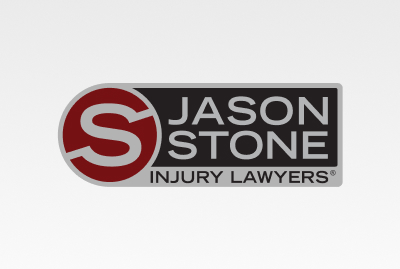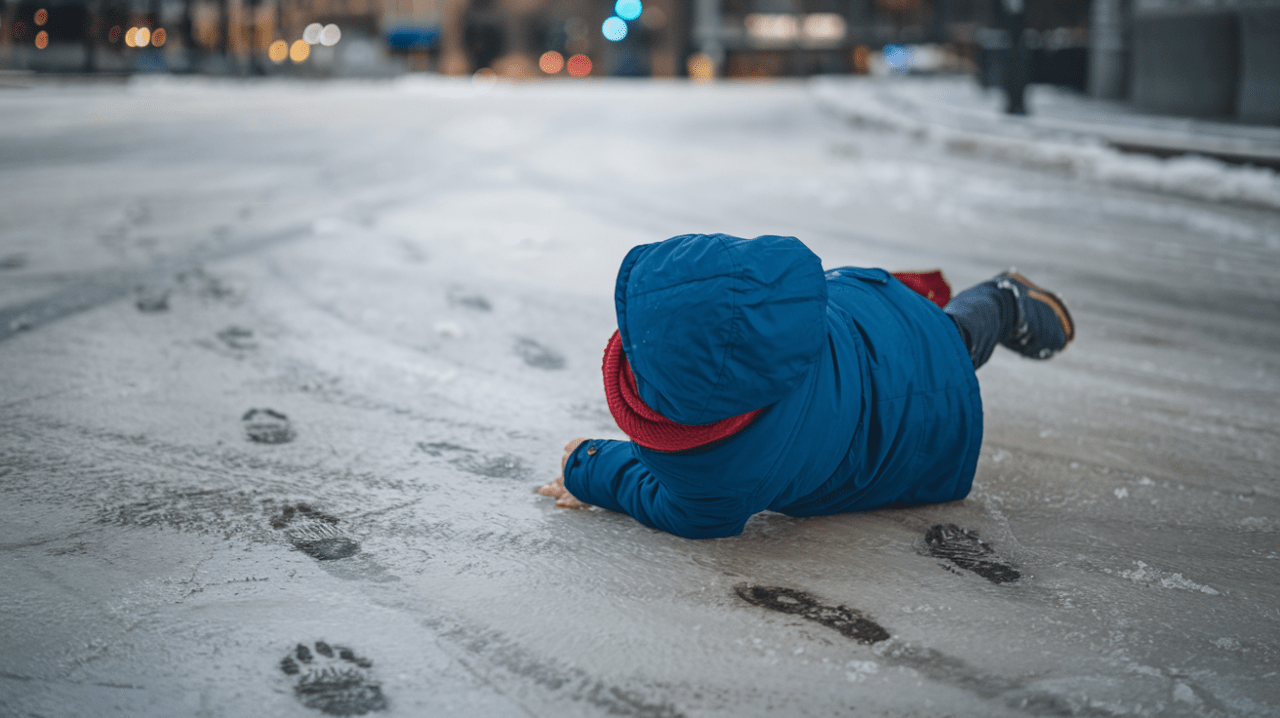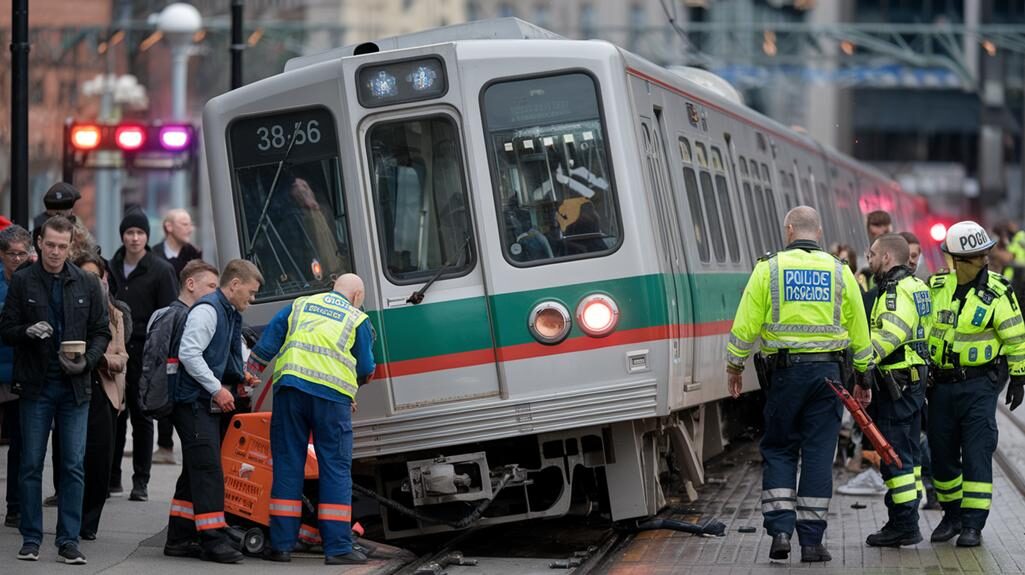The most common pedestrian accident injuries include head trauma, broken bones, and spinal cord damage. Pedestrians are significantly more exposed to injury in accidents due to their complete lack of physical protection compared to vehicle occupants.
Unlike drivers and passengers, who have the safety of seat belts, airbags, and reinforced vehicle structures, pedestrians rely solely on their reflexes and awareness to avoid harm. In collisions, pedestrians absorb the full force of impact, increasing the likelihood of severe injuries.
A Boston pedestrian accident lawyer can help you recover your medical bills and more.
Head Injuries
When a pedestrian is struck by a vehicle, they have little to no protection, making them highly vulnerable to traumatic head injuries. The force of the impact and the way the body reacts to the collision contribute to the severity of head trauma.
A pedestrian accident leads to head trauma in several ways, including the following:
- Direct impact with a vehicle: When a pedestrian is hit, their head may strike the hood, windshield, or other parts of the vehicle, leading to concussions, skull fractures, or traumatic brain injuries (TBIs).
- Secondary impact with the ground: Even if the initial collision does not cause a head injury, pedestrians are often thrown onto the pavement, where they can suffer additional trauma from hitting their head on a hard surface.
- Ejection and airborne trauma: High-speed collisions may propel pedestrians through the air before they land, increasing the risk of severe head trauma.
- Debris–related injuries: Broken glass, metal fragments, or road debris can also contribute to head injuries, causing lacerations or penetrating trauma.
Pedestrian accident injuries to the head have several potential long-term consequences, including cognitive impairment, memory loss, and physical disabilities.
Broken Bones
A pedestrian accident easily results in broken bones due to the immense force of impact from a moving vehicle. When a car strikes a pedestrian, the body absorbs the shock, often leading to fractures in the legs, arms, ribs, or hips.
The lower extremities, such as the tibia and femur, are particularly vulnerable because they are typically the first point of contact with a vehicle’s bumper. Upon impact, pedestrians may also be thrown onto the windshield, hood, or pavement, causing additional fractures in the wrists, collarbone, or even the skull.
High-speed accidents can lead to more severe breaks, such as compound fractures, where the bone pierces through the skin, or crush injuries, which can cause long-term complications. Even in lower-speed collisions, the unnatural twisting or bending of limbs can result in painful and debilitating fractures that require extensive medical treatment.
Spinal Cord Injuries
When a pedestrian is struck by a vehicle, the force of impact can lead to several risk factors for cervical spine injuries, as well as spinal fractures and herniated discs. The severity of the injury depends on factors such as the speed of the vehicle, the point of impact, and whether the pedestrian is thrown or crushed.
In some cases, the injury may result in partial or complete paralysis, affecting mobility and overall quality of life. Spinal cord injuries can also lead to complications like chronic pain, loss of sensation, difficulty breathing, or impaired organ function.
Soft Tissue Injuries
Although soft tissue injuries may seem minor compared to fractures or head trauma, they can cause significant pain, swelling, and mobility issues. In some cases, untreated sprains or strains can lead to chronic pain or long-term joint instability.
Some of the most common soft tissue injuries after a pedestrian accident include:
- Sprains: These occur when ligaments (the tough bands of tissue connecting bones) are stretched or torn. Pedestrians often suffer ankle, knee, or wrist sprains after falling or being knocked down in an accident.
- Strains: This type of injury affects muscles and tendons, which can become overstretched or torn due to sudden movement or impact. Strains frequently occur in the back, neck, and legs after a pedestrian accident.
- Bruises: These result from blunt force trauma, causing blood vessels beneath the skin to break and create visible discoloration. While typically less severe, deep bruising can indicate underlying muscle or bone damage.
Internal Injuries
These injuries occur when the force of impact causes blunt trauma to the body, damaging vital organs like the liver, spleen, kidneys, or lungs. In some cases, broken ribs can puncture internal organs, worsening the severity of the injury.
Internal bleeding is particularly dangerous because symptoms may not appear immediately, delaying diagnosis and treatment. Signs of internal injuries include abdominal pain, dizziness, deep bruising, difficulty breathing, and shock.
Without prompt medical intervention, internal bleeding can lead to organ failure, severe blood loss, or even death. Because these injuries are not always visible, pedestrians involved in accidents should seek emergency medical evaluation, even if they do not initially feel pain, to prevent life-threatening complications.
Amputations
Pedestrian accidents can cause amputations when the impact of a vehicle crushes or severely damages a limb beyond repair. In high-speed collisions, a pedestrian’s arms, legs, hands, or feet may be directly struck, leading to traumatic injuries that destroy bones, muscles, and blood vessels.
In some cases, the force of the accident may cause a limb to be severed immediately. More often, severe damage from fractures, deep lacerations, or lack of blood flow forces doctors to surgically remove the limb to save the person’s life.
Call a Pedestrian Accident Lawyer to Learn More About Common Pedestrian Accident Injuries
We operate on a contingency fee basis, which means you won’t owe us anything unless we successfully resolve your case. Our payment comes as a percentage of your settlement or compensation, ensuring there are no upfront costs or out-of-pocket expenses for you. That’s our Stone Cold Guarantee®.
At Jason Stone Injury Lawyers, we are committed to protecting our community because Massachusetts is where we live and work. Since 2004, we have been dedicated to helping injury victims recover and move forward with their lives. Contact us today for a free legal consultation.
Not Trusting What You’re Being Told?
Better Phone Stone
800-577-5188
 START MY NO OBLIGATION CONSULTATION
START MY NO OBLIGATION CONSULTATION









